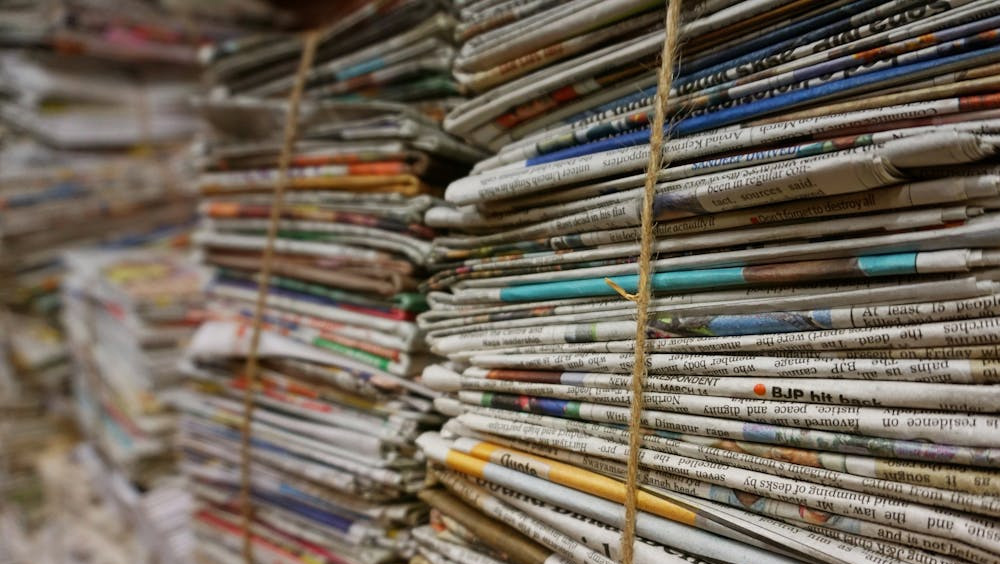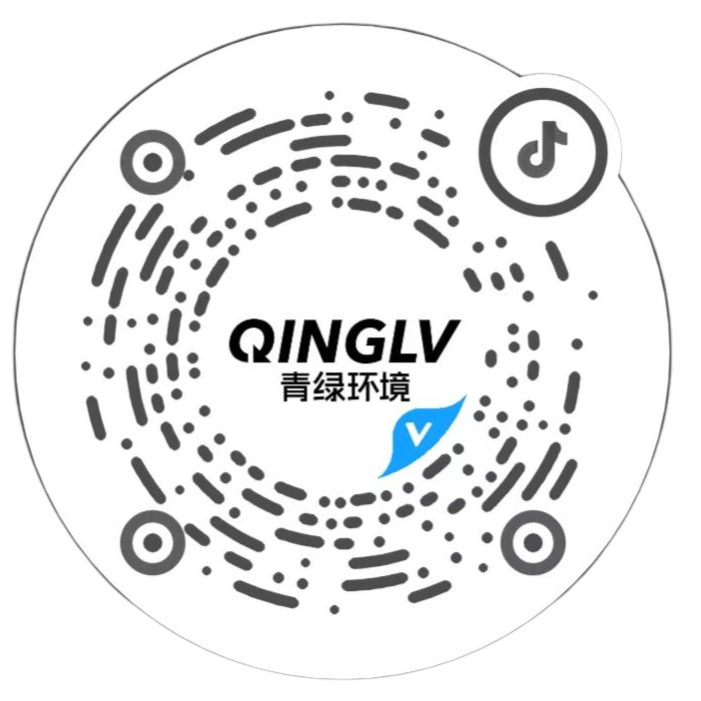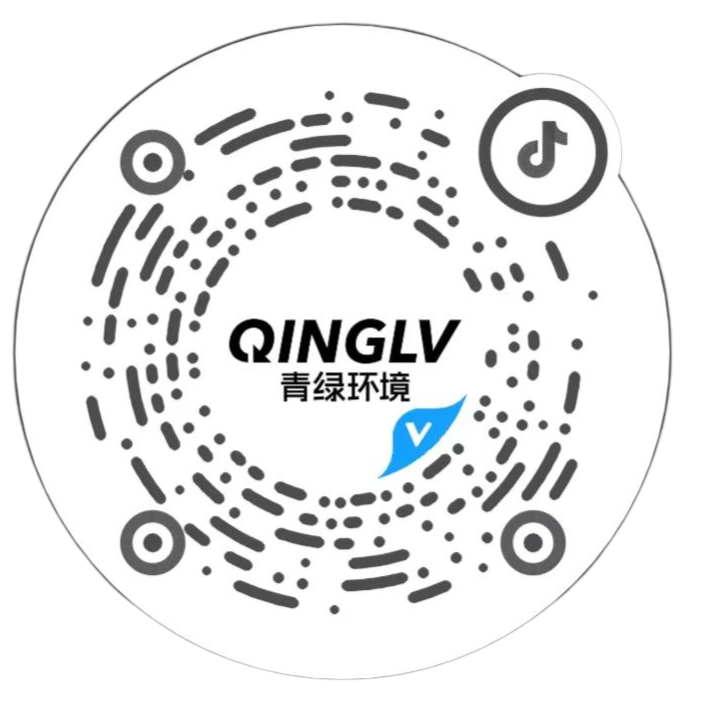 Time:2025-03-13
Time:2025-03-13
 Source:青绿环境
Source:青绿环境
With the growing awareness of environmental protection and the increasing demand for resource recycling, waste paper recycling, as an important link in resource regeneration, has seen continuous advancements in its sorting technology. Photoelectric sorting technology, as an advanced automated method, has been widely applied in the classification and processing of mixed waste paper. It has significantly improved the efficiency and quality of waste paper recycling, achieving effective reuse of paper resources.

Introduction to Photoelectric Sorting Technology
Photoelectric sorting technology primarily relies on the different responses of various materials to specific wavelengths of light for material identification and classification. In the sorting of waste paper, high - resolution cameras, near - infrared (NIR) sensors, and other optical devices are used to accurately identify different types of paper materials, including cardboard, paper packaging, newsprint, office paper, and Tetra Pak containers. These devices can detect the color, texture, thickness, and chemical composition of paper, thus achieving precise material differentiation.
Sorting Process
1. Pre - treatment Stage: Initially, the collected mixed waste paper needs to undergo preliminary manual or mechanical separation to remove obvious non - paper impurities such as plastics and metals. This ensures the accuracy of the subsequent photoelectric sorting process.
2. Photoelectric Sorting Stage: After pre - treatment, the waste paper enters the photoelectric sorting system. In this stage, the waste paper is evenly spread out and conveyed into the sorting area via a high - speed conveyor belt. Here, optical sensors scan each piece of waste paper and determine its type based on preset parameters (such as color and reflectivity).
3. Classification and Recycling: Once the specific type of waste paper is identified, the system separates it from the main material flow using air jets or other physical means and collects it according to different paper categories. This not only improves the quality of recycled paper but also facilitates subsequent processing.
4. Post - treatment and Regeneration: The sorted types of waste paper are then sent to corresponding processing plants for further treatment and ultimately turned into new paper products. Through this circular utilization process, the demand for virgin wood can be reduced, and the environmental impact of the paper industry can be significantly lowered.
Promoting Circular Economy
The use of photoelectric sorting technology for the classification and recycling of mixed waste paper is a key step in moving the waste paper industry towards a circular economy. It not only helps increase the recycling rate of waste paper and reduce landfill waste but also promotes the effective recycling of resources. This contributes to building a greener and more sustainable socio - economic system. Moreover, with continuous technological advancements, the accuracy and efficiency of photoelectric sorting systems will continue to improve, and they are expected to play a more important role in the future.













 Prev
Prev











